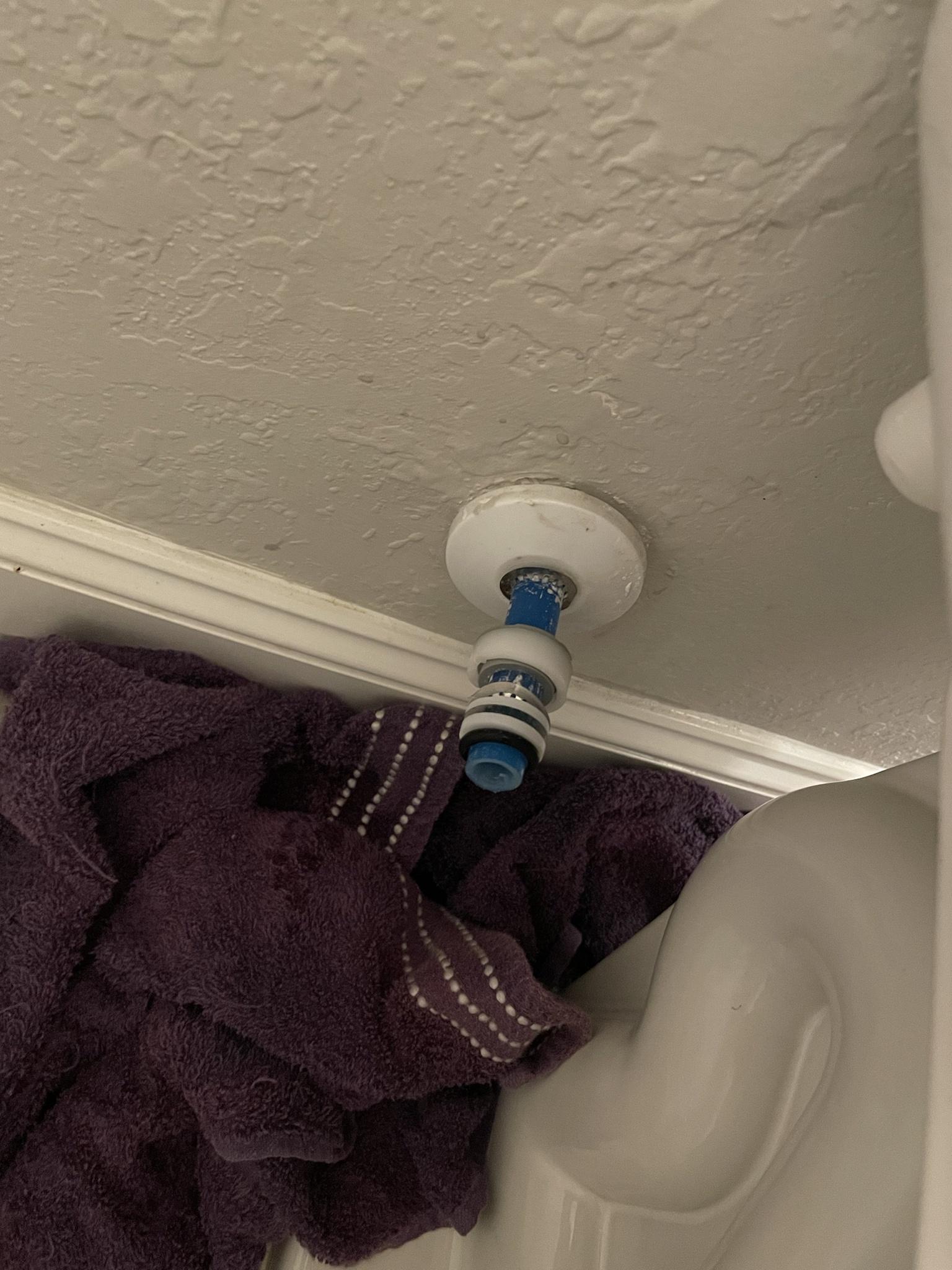KP Texan
Marine Engineer
Just wanted to share my experience doing this in case it helps someone in the future.
These valves are obviously junk used to save time/money, and I'm a bit confused as to why the builder of my home would allow these. This isn't a cheap home and has many other high end design elements, so I'm a bit miffed I even need to do this. I hate these valves with a passion and, although none are leaking right now, I do have one that seems to shut itself off in one of the upstairs bathrooms. I'm going to get rid of all 19 of them!
Most instructions you find online will tell you to simply twist the ACCOR valve off the pipe counter clockwise while pulling, but it's not that easy. You can twist it about 50 times while pulling before it comes off, all the while tearing up whatever precious length of pipe you have sticking out of the wall. I found one guy online who used a small pipe cutter (which I though was ingenious), but my mini cutter won't fit around the 1-1/8" body of the valve and my larger cutter is too big.
What I ended up doing is very simple: I took my ratcheting PVC cutter to the valve body, and cracked it around the outside with a couple cuts around the perimeter, while being careful not to cut to my 1/2" PEX. The plastic on these valves is pretty brittle, and cutting it with the PVC cutter just makes it crack. You can then easily pull the bulk of the ACCOR valve off the pipe. What's left after you do that is a plastic washer sandwiched between two thin steel toothed washers which grab the pipe, and then the remainder of the valve body behind that. I then took a pair of diagonal cutters and carefully snipped the set of washers and removed them from the pipe. Once those are gone, the leftover part of the valve will pull off the pipe with no resistance. The whole process takes a couple minutes, and its much better than twisting and pulling on the thing.
Hopefully this helps anyone else who has to deal with these junky valves, and here are a few photos:
One of the offending valves:

What's left after cracking the valve body and removing the bulk of it:

Newly installed Brasscraft supply stop and Fluidmaster SS braided hose:


These valves are obviously junk used to save time/money, and I'm a bit confused as to why the builder of my home would allow these. This isn't a cheap home and has many other high end design elements, so I'm a bit miffed I even need to do this. I hate these valves with a passion and, although none are leaking right now, I do have one that seems to shut itself off in one of the upstairs bathrooms. I'm going to get rid of all 19 of them!
Most instructions you find online will tell you to simply twist the ACCOR valve off the pipe counter clockwise while pulling, but it's not that easy. You can twist it about 50 times while pulling before it comes off, all the while tearing up whatever precious length of pipe you have sticking out of the wall. I found one guy online who used a small pipe cutter (which I though was ingenious), but my mini cutter won't fit around the 1-1/8" body of the valve and my larger cutter is too big.
What I ended up doing is very simple: I took my ratcheting PVC cutter to the valve body, and cracked it around the outside with a couple cuts around the perimeter, while being careful not to cut to my 1/2" PEX. The plastic on these valves is pretty brittle, and cutting it with the PVC cutter just makes it crack. You can then easily pull the bulk of the ACCOR valve off the pipe. What's left after you do that is a plastic washer sandwiched between two thin steel toothed washers which grab the pipe, and then the remainder of the valve body behind that. I then took a pair of diagonal cutters and carefully snipped the set of washers and removed them from the pipe. Once those are gone, the leftover part of the valve will pull off the pipe with no resistance. The whole process takes a couple minutes, and its much better than twisting and pulling on the thing.
Hopefully this helps anyone else who has to deal with these junky valves, and here are a few photos:
One of the offending valves:

What's left after cracking the valve body and removing the bulk of it:

Newly installed Brasscraft supply stop and Fluidmaster SS braided hose:


